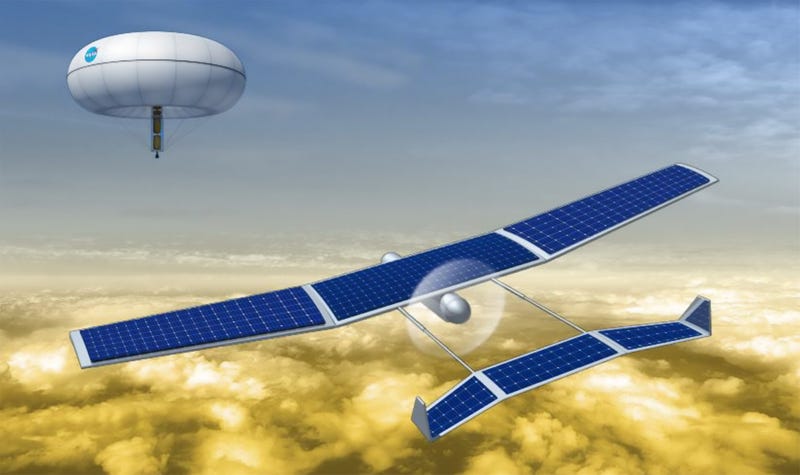NASA, in its relentless pursuit of space innovation, announced on Thursday the selection of 13 new projects for its 2024 Phase I awards under the Innovative Advanced Concepts (NIAC) program. These awards, totaling up to $US175,000 each, are granted to teams proposing advanced and unconventional space technologies.
The NIAC program, known for funding groundbreaking concepts, has previously contributed to notable missions such as the Mars Ingenuity helicopter and instruments used in the MarCO deep space CubeSats. These projects highlight the important role that NIAC plays in pioneering space exploration technologies.
NASA associate administrator Jim Free said in a press release: “The daring missions NASA undertakes for the benefit of humanity all begin as just an idea, and NIAC is responsible for inspiring many of those ideas.”
The chosen teams will now have access to the agency’s resources and expert advice to further develop their concepts. Although these projects are not yet official NASA missions, the potential for future adoption remains. As stated by Free, not all of these concepts will fly, but “NASA and our partners worldwide can learn from fresh approaches and may eventually use technologies advanced by NIAC.”
Among the 13 new projects selected, the one proposed by Thomas Eubanks of Space Initiatives Inc., located in Florida, has me the most excited. His team envisions a coordinated fleet of miniature spacecraft setting off for Proxima Centauri within this century. These autonomous probes, numbering in the thousands, would employ innovative laser sailcraft and laser communications to gather and transmit data about our Sun’s closest interstellar neighbour. Travelling at 20% the speed of light, it would take the string of sequentially launched probes roughly 21 years to reach Proxima Centauri, located approximately 4.24 light-years away from Earth.
Closer to home, Ge-Cheng Zha of Coflow Jet LLC, also in Florida, has put forward a proposal for the first-ever flight of a fixed-wing, electric vertical takeoff and landing (eVTOL) aircraft on Mars. This solar-powered aerial vehicle, dubbed MAGGIE, would revolutionize the way we explore the Red Planet and other alien destinations. The aircraft would be capable of travelling up to 111 miles (179 kilometres) from a fully charged battery and fly at heights reaching 3,280 feet (1,000 meters). Over the course of a Martian year, MAGGIE would cover a total distance of nearly 9,975 miles (16,048 kilometres).

While NASA and its international partners hash out a plan to return surface samples from Mars, Geoff Landis from NASA’s Glenn Research Center in Cleveland is working on something even more ambitious: returning surface samples from Venus. The second planet from the Sun has an extremely harsh environment, with temperatures around 842 degrees F (450 degrees C) and pressures 92 times greater than on Earth’s surface, making it one of the most difficult places in the solar system to explore. The team proposes using an innovative rocket that can create fuel using the carbon monoxide found in the Venusian atmosphere. The system would be capable of withstanding the high temperatures and work with a solar-powered aircraft designed for Venus’s conditions.
Other proposals include technology to allow for more efficient and long-lasting storage of fuel in space (making it easier and more feasible to send crewed missions to Mars), a system to break down and eliminate harmful chemicals, called perchlorates, from the Martian environment, an ISS project to study hibernation and its energy-saving state, torpor, in microgravity (for the purpose of facilitating interplanetary space travel), and developing new technologies for storing cryogenic propellants, like liquid hydrogen, in space (for refuelling spacecraft on crewed missions to Mars and back), among others.
Exciting stuff! Some very ambitious missions, to be sure. It would be great to see these initial sketches evolve into concrete missions and extend our reach in space to even greater extents.
